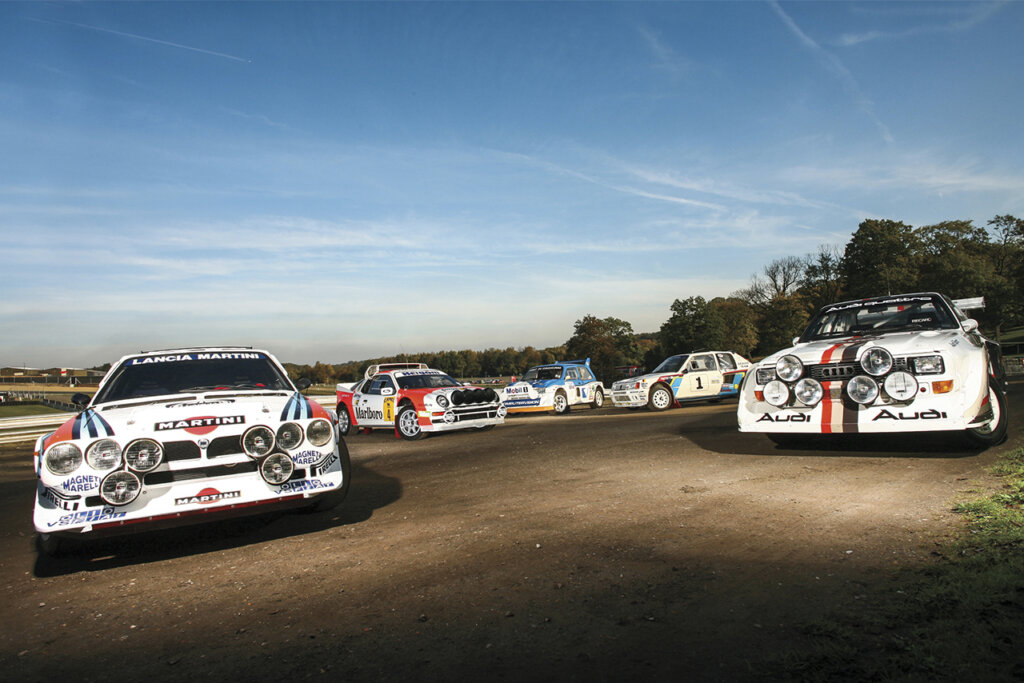
Group B Rally racing, part of the World Rally Championship (WRC), introduced in 1982 by the Fédération Internationale de l’Automobile (FIA) achieving iconic status for several compelling reasons. The Fédération Internationale de l’Automobile (FIA) introduced Group B regulations, granting manufacturers significant technical freedom. This freedom led to the development of some of the most advanced and powerful rally cars in history. Automakers such as Audi, Lancia, Peugeot, Ford, and Renault engaged in fierce competition to push the boundaries of automotive engineering, resulting in the creation of innovative and cutting-edge machines.
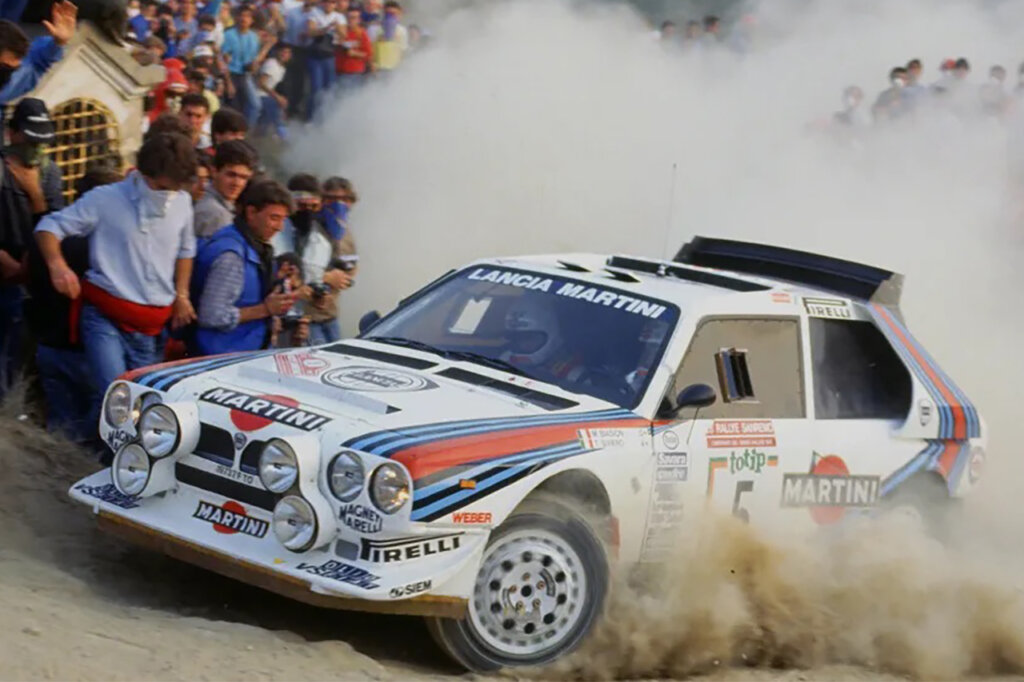
Source: EVO
These cars were renowned for their exceptional performance, boasting incredible speed and handling. Thanks to their lightweight construction, potent engines, and advanced suspension systems, they could accelerate from 0 to 60 mph in a matter of seconds and attain top speeds well above 100 mph on narrow, winding, and often unpaved rally stages.
Group B Rally was characterized by intense competition. Legendary drivers like Walter Röhrl, Ari Vatanen, Stig Blomqvist, and Michèle Mouton vied for victory in this era, leading to some of the most memorable rivalries in motorsport history. The combination of powerful cars and skilled drivers made for thrilling racing and spectacular displays of driving prowess.
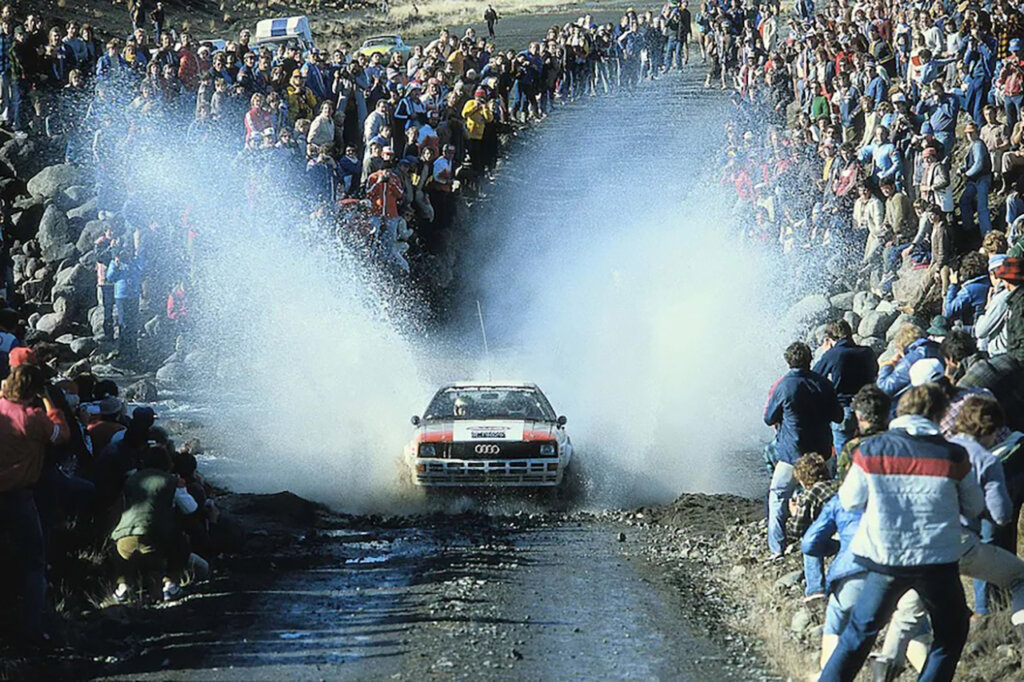
Source: Motortrend
One of the distinctive features of Group B Rally was the fanatical fan base it attracted. The excitement and unpredictability of the sport drew passionate enthusiasts. Spectators often positioned themselves perilously close to the action, standing dangerously near the racing cars as they sped by, adding to the adrenaline-fueled atmosphere that defined the events.

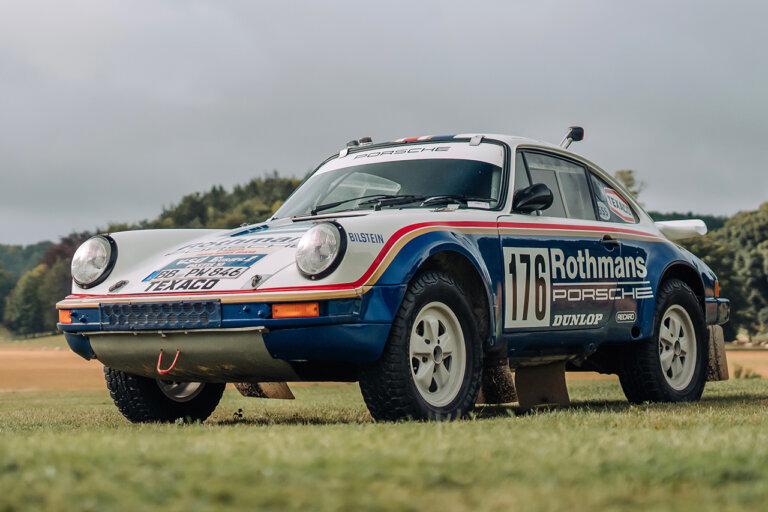
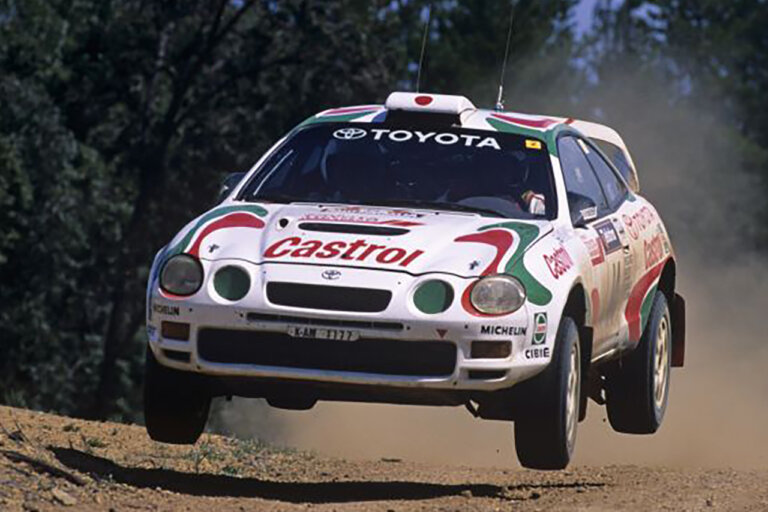
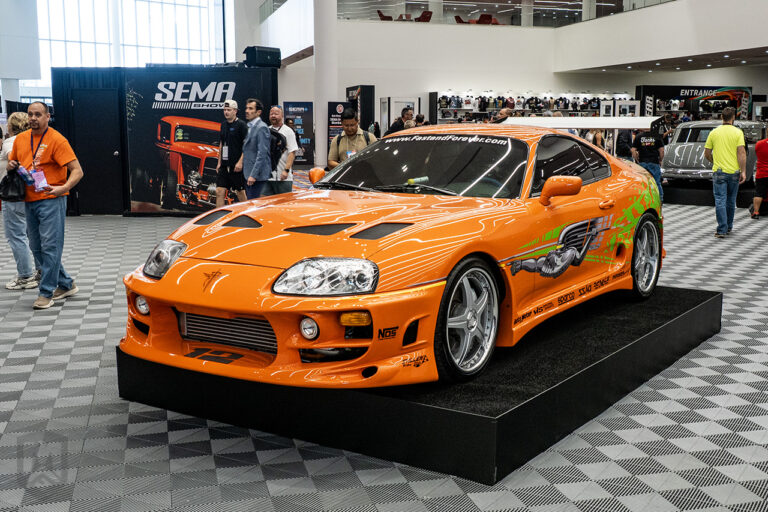
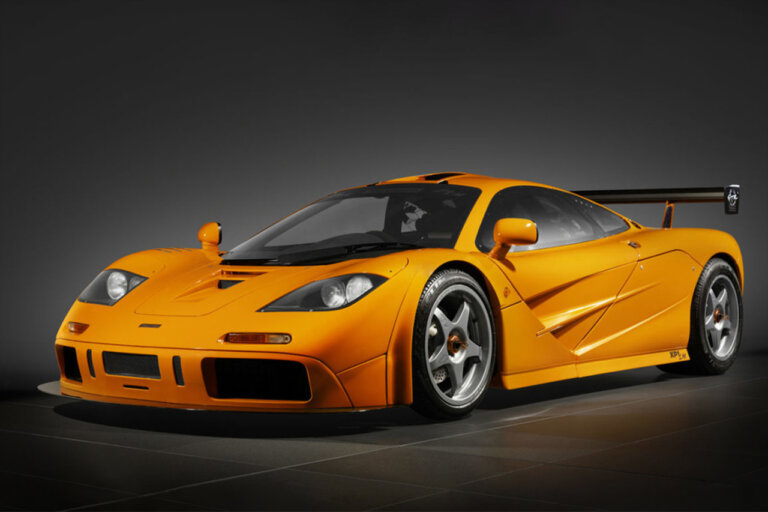
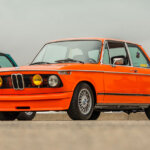

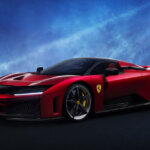
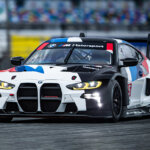

One Response
awesome article. nothing but the truth very good read.